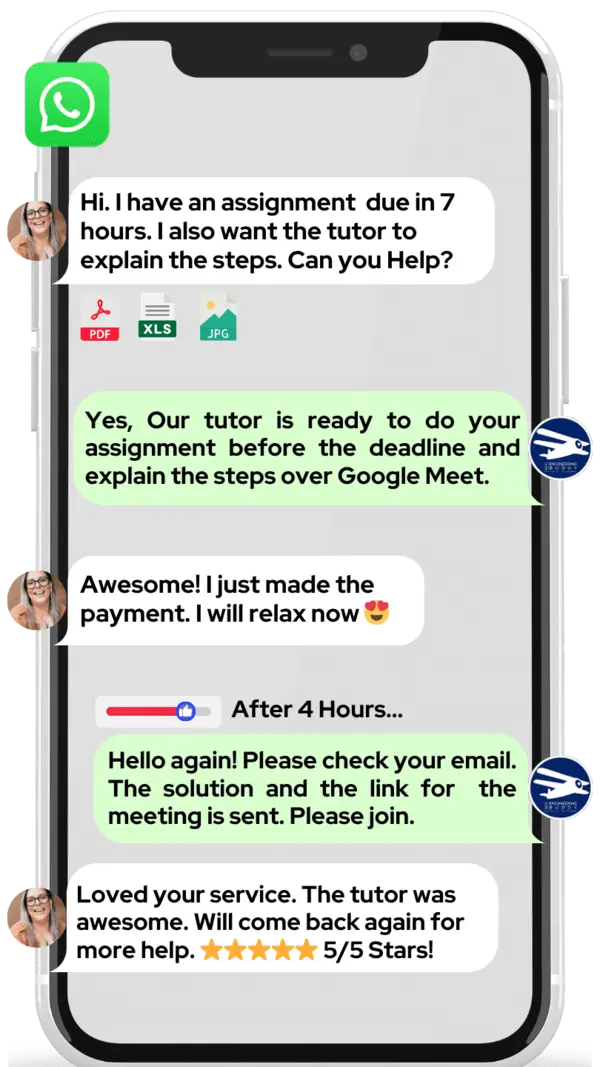

Hire The Best Sculpture Tutor
Top Tutors, Top Grades. Without The Stress!
10,000+ Happy Students From Various Universities
Choose MEB. Choose Peace Of Mind!
How Much For Private 1:1 Tutoring & Hw Help?
Private 1:1 Tutors Cost $20 – 35 per hour* on average. HW Help cost depends mostly on the effort**.
Sculpture Online Tutoring & Homework Help
What is Sculpture?
Sculpture is the art of creating three-dimensional forms by carving, modeling, casting or assembling materials like stone, metal, clay and wood. Artists can use 3D (three-dimensional) modelling or DIY (Do-It-Yourself) tools. Public monuments such as Michelangelo’s David, museum works and functional objects like carved bowls and installations all qualify.
Alternative names for sculpture include statuary, carving and modeling, other terms often used are three-dimensional art, relief (bas-relief and high-relief), assemblage and installation; some even refer to ephemeral works like ice carvings or sand art as sculpture
Major topics in Sculpture cover materials (stone, bronze, wood), techniques (carving, casting, modeling, welding), digital sculpting, tools and safety, anatomy study, design principles (balance, form, texture), installation and public art, conservation and restoration. For instance, students practice lost-wax casting like Rodin’s Gates of Hell, learn woodcarving on basswood or practice 3D printing to prototype modern sculptures. Others explore clay modelling to construct maquettes, study physics of structural integrity, and analyze historical styles from classical Greek to contemporary conceptual art.
From prehistoric carvings like the Venus of Willendorf (around 25,000 BCE) to the monumental statuary of ancient Egypt and the idealized forms of classical Greece (5th century BCE), sculpture has evolved continuously. The Romans adopted and adapted Greek models, while the Renaissance saw masters like Donatello and Michelangelo redefine the art. Baroque artists such as Bernini introduced dynamic compositions. Rodins 19th-century work ushered in modern expressiveness. In the 20th century, Brancusi pioneered abstraction, Henry Moore explored organic form and public engagement, and contemporary creators like Ai Weiwei challenge political and social norms. Digital sculpting tools now reshape the practice.
How can MEB help you with Sculpture?
Do you want to learn sculpture? At MEB, we offer private 1:1 online sculpture tutoring. You get one tutor just for you. If you are a school, college, or university student and want top grades on assignments, lab reports, live tests, projects, essays or long papers, try our 24/7 instant sculpture homework help. You can chat with us on WhatsApp. If you don’t use WhatsApp, email us at meb@myengineeringbuddy.com
Our services are open to all, but many of our students are from the USA, Canada, the UK, the Gulf, Europe, and Australia.
Students ask us for help because some subjects are hard, they have too many assignments, or some questions take a long time to solve. Some have health or personal issues. Others work part‑time, miss classes, or find the class moves too fast.
If you are a parent and your ward is finding this subject hard, contact us today. We will help your ward get great grades on exams and homework. They will thank you!
MEB also helps in more than 1000 other subjects. Our tutors are experts. Getting help from a tutor can make learning easier and less stressful.
DISCLAIMER: OUR SERVICES AIM TO PROVIDE PERSONALIZED ACADEMIC GUIDANCE, HELPING STUDENTS UNDERSTAND CONCEPTS AND IMPROVE SKILLS. MATERIALS PROVIDED ARE FOR REFERENCE AND LEARNING PURPOSES ONLY. MISUSING THEM FOR ACADEMIC DISHONESTY OR VIOLATIONS OF INTEGRITY POLICIES IS STRONGLY DISCOURAGED. READ OUR HONOR CODE AND ACADEMIC INTEGRITY POLICY TO CURB DISHONEST BEHAVIOUR.
What is so special about Sculpture?
Sculpture stands out because it is a three-dimensional art form. Unlike painting or drawing, a sculptor works with real materials such as clay, metal, wood or stone. Viewers can walk around a sculpture and see it from all sides. This hands-on process lets artists shape solid matter into life-like forms. Sculpture’s physical presence makes it unique and engaging.
Working on sculpture builds strong spatial skills and encourages creative problem solving. It can be more exciting than classes that focus only on theory or digital work. However, sculpting takes time and space and often needs special tools and materials. Making large or detailed pieces can be messy and costly. Some students may find it harder than other subjects with simpler setups.
What are the career opportunities in Sculpture?
Students who study Sculpture can go on to bachelor’s and master’s degrees in Fine Arts, art history, or material studies. Many also join workshops in digital carving and 3D printing. Art residencies and certificate courses in ceramics or metalwork are popular too.
Sculptors find work making public art, museum pieces, or movie and game props. They may work as art restorers, gallery installers, set designers, or 3D modelers for animation. Some teach Sculpture in schools or community centers, running classes and art camps.
We learn Sculpture to build creativity, hand skills, and spatial thinking. Preparing for art school exams or portfolio reviews helps students show their best work. Test practice also boosts confidence in drawing, material tests, and project planning.
Sculpture skills are used in public art projects, museum displays, and stage design. They help make product prototypes, architectural models, or VR sculptures. Working with clay, metal, or digital tools also brings therapy, teamwork, and fresh ideas to many fields.
How to learn Sculpture?
Start by gathering basic tools like clay, wire and carving tools. Sketch simple shapes and study anatomy or forms from photos. Watch short demo videos and try small projects—first make easy figures like balls or cylinders. Gradually move to heads or hands, focusing on proportions. Practice every day, step by step: build an armature, add clay, smooth surfaces and refine details. Keep checking your work from different angles and ask for feedback to improve.
Sculpture can feel hard at first because it’s 3D and needs steady hands. But with clear steps and regular practice, anyone can pick it up. Break tasks into small goals—first master basic shapes, then move to faces or textures. Over time your confidence and skills grow, and big projects become easier.
You can start sculpting on your own using online tutorials and free guides. Self‑study works for basics, but a tutor helps you spot mistakes early and speeds progress. A tutor gives real‑time feedback, suggests improvements and answers questions right away. If you prefer solo practice, join forums or social media groups to get critiques from peers.
Our tutors at MEB offer live 1:1 sessions and detailed assignment support for Sculpture. We guide you through each project, give personalized tips, help build your portfolio and prepare you for exams or shows. Tutors are available 24/7, work with any skill level and keep fees affordable so you get the help you need exactly when you need it.
Basic skills take 2–3 months of steady daily practice to feel comfortable with tools and simple forms. To reach an intermediate level—handling faces, hands or complex textures—plan on 6–12 months of regular study. Mastery takes years, but you’ll see big improvements in weeks if you practice one hour a day and review your progress often.
YouTube: SchaeferArt, Stan Prokopenko, ProkoSchool and ClayLessons for demos and tips. Websites: Sculpture.org, Skillshare.com, Coursera and Udemy offer structured classes. Books: “Modelling the Figure in Clay” by Bruno Lucchesi, “Bridgman’s Complete Guide to Drawing from Life,” “The Sculptor’s Bible” by John Plowman, “Vitamin 3-D: New Perspectives in Sculpture” and “The Art of Sculpting in Clay” by Susan T. Wood. These cover materials, tools, anatomy, finishing and design. Mix video, reading and hands‑on practice regularly.
College students, parents, tutors from USA, Canada, UK, Gulf etc. who need a helping hand, be it online 1:1 24/7 tutoring or assignments, our tutors at MEB can help at an affordable fee.








